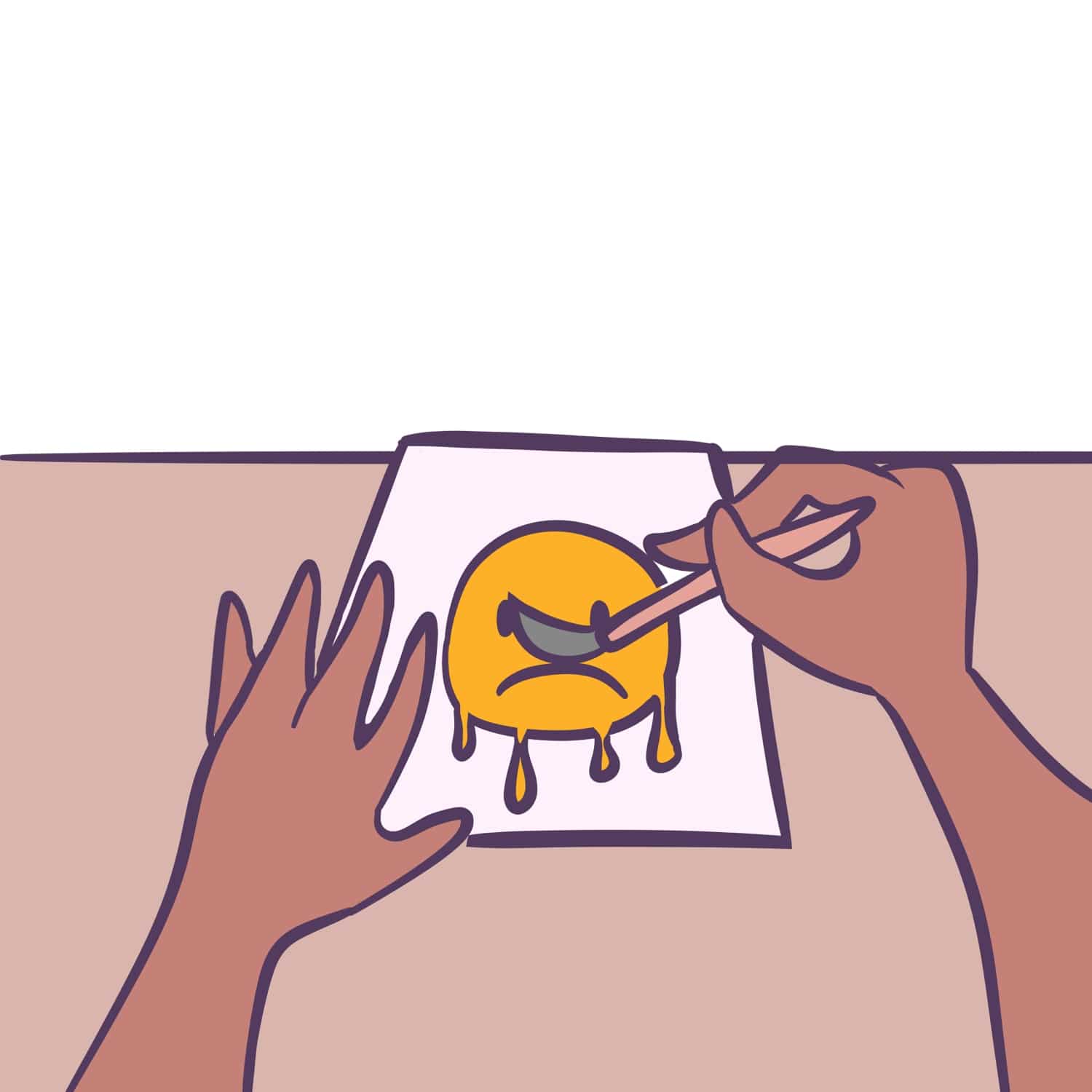Having grown up Catholic, I’m well-versed in guilt, woe and masochism. If anyone doesn’t know what I’m talking about, last Christmas I went to Catholic Mass with my family, and the priest’s opening line was, “Let us now take a moment to reflect on our sins and failings.” That’s pretty much the Catholic Church in a nutshell, but this sort of self-flagellation is hardly unique to Catholicism or even Christianity. Extreme devotion to any faith — Islam, Judaism, Hinduism, Buddhism, Scientology, whatever — typically demands struggle and the sacrifice of worldly pleasures in service of a higher power. In other words, the more you suffer, the closer you are to God.
In this way, as a culture, we tend to treat art like a religion. We like our artists to be tortured, brooding, in crisis, sacrificing sanity and security out of devotion to their craft. Sound familiar?
While a lot of people might think this is an apt comparison, it’s not. It’s one thing that many of our cultural high priests suffered in pursuit of their art; but when we remember them as much for that suffering as for their work, it sends a dangerous message. By treating art as a religion instead of a profession, we encourage mental instability, foster a toxic creative culture and distort the very nature of art itself.
We romanticize the tortured genius like a biblical martyr, substituting Vincent Van Gogh for John the Baptist. During his lifetime, Van Gogh’s contemporaries openly mocked him; he suffered crippling loneliness and such severe mental illness that he famously cut off his own ear and years later killed himself at 37, leaving behind an empty bank account and a collection of paintings that nobody would buy. Since his death, though, Van Gogh has obviously become one of the most famous and respected artists in history. His paintings hang in the world’s most prestigious museums and galleries. Some, like “The Starry Night,” are the most recognizable images in the world.
Still, as someone with little to no visual art background, I couldn’t tell you very much about the significance of Van Gogh’s work beyond its evident aesthetic beauty, but I could recite his tragic life story from memory. And that’s not just because I’m morbid and uncultured. It’s common knowledge. There have been several films made about Van Gogh — most recently “Loving Vincent” — as well as a famous song by Don McLean. He is so famous for his mental illness and poverty, it’s practically impossible to separate it from his work.
Van Gogh’s not alone. For example, the Wikipedia page for “Writers who committed suicide” has nearly 340 entries, including Ernest Hemingway, Sylvia Plath, Hunter S. Thompson, Virginia Woolf and David Foster Wallace. And that doesn’t even include the ones who didn’t kill themselves but were famously troubled and self-destructive, like F. Scott Fitzgerald and his wife Zelda Fitzgerald. Factor in musicians, actors and artists in other media, and the archetype of the tortured artist holds remarkably consistent.
The precise relationship between creativity and mental illness has been the subject of much research and debate. Some studies have found genetic and psychological links between the two. Several more have found that positive mood enhances creativity and negative mood depresses it. However, others have found that correlations between creativity and mental illness are spurious. Harvard University psychiatry professor Albert Rothenberg suggests people with mental illness are often more attracted to creative fields, but not naturally predisposed toward them.
This in itself is not a bad thing. Creative arts are proven to have concrete mental health benefits. Also, speaking as someone with a couple mental disorders, when so many people who have struggled with similar issues as you have found success through creative arts, it not only makes the arts a more attractive career path, it’s validating on a personal level. Because of this, I don’t think we should downplay the psychological struggles of history’s great artists. We should celebrate them. But what we shouldn’t do is venerate them. When we idealize the tortured artist — treating mental anguish as a virtue rather than a disorder — we discourage creative people who legitimately battle with mental illness from the seeking help they need.
This hurts others as well. Enshrining instability as a necessary precondition for genius excuses behavior that would be inexcusable in any other profession. At its worst, this kind of logic has forgiven powerful men in the entertainment industry for abusing their colleagues and subordinates in too many ways to list.
But even at its most benign, this reverence for psychosis has smaller, more subtle consequences that slowly destroy a creative culture. People confuse brooding with laziness and commitment with self-importance. Over time, this creates the same kind of disingenuous atmosphere in an artistic community as you might find in a church whose congregation fails to practice what it preaches.
Art does not happen. It is made. An artist is not someone ordained by the spirits of creativity — they’re just someone who makes art. We shouldn’t forget that.
Greg Feiner is a senior Politics major. He can be reached at feiner@oxy.edu.
![]()




































